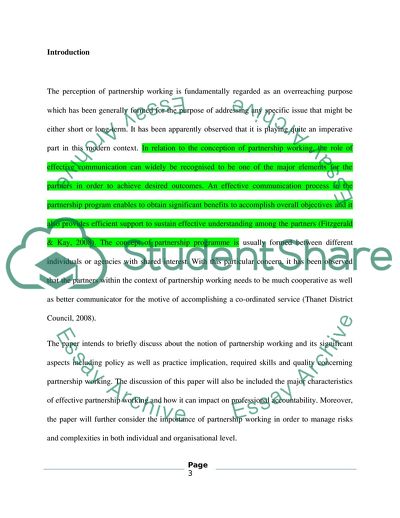Cite this document
(Effective Communication Coursework Example | Topics and Well Written Essays - 3000 words - 1, n.d.)
Effective Communication Coursework Example | Topics and Well Written Essays - 3000 words - 1. https://studentshare.org/sociology/1791508-effective-communication-is-the-most-essential-element-of-successful-partnership-working
Effective Communication Coursework Example | Topics and Well Written Essays - 3000 words - 1. https://studentshare.org/sociology/1791508-effective-communication-is-the-most-essential-element-of-successful-partnership-working
(Effective Communication Coursework Example | Topics and Well Written Essays - 3000 Words - 1)
Effective Communication Coursework Example | Topics and Well Written Essays - 3000 Words - 1. https://studentshare.org/sociology/1791508-effective-communication-is-the-most-essential-element-of-successful-partnership-working.
Effective Communication Coursework Example | Topics and Well Written Essays - 3000 Words - 1. https://studentshare.org/sociology/1791508-effective-communication-is-the-most-essential-element-of-successful-partnership-working.
“Effective Communication Coursework Example | Topics and Well Written Essays - 3000 Words - 1”. https://studentshare.org/sociology/1791508-effective-communication-is-the-most-essential-element-of-successful-partnership-working.


